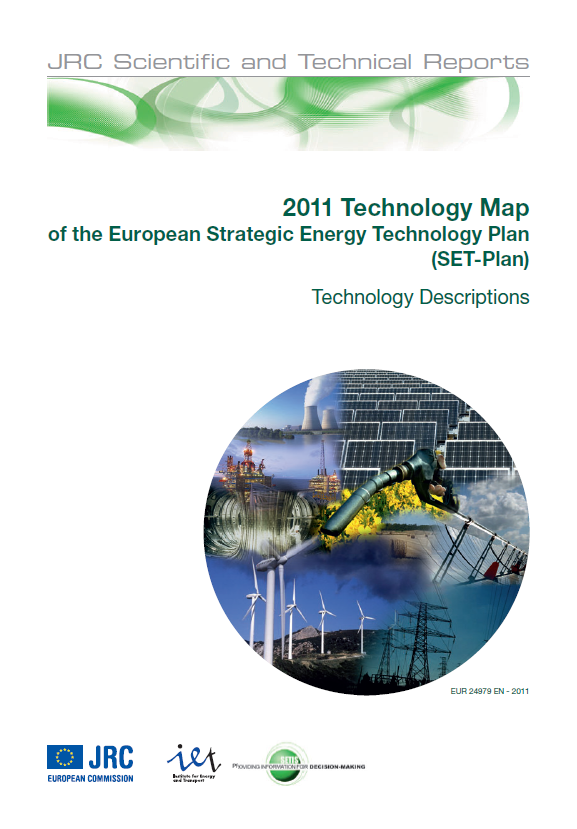
Smart grids are seen as key enablers for the future deployment of sustainable energy, particularly in the context of satisfying the European Union’s (EU) targets for 2020 and beyond. In particular, the share of variable renewable energy sources (RES), such as wind, solar, wave and run-of-the-river hydropower, is predicted to be in excess of 20 % of the total power generation in 2030 [EC DG ENER, 2009]. Moreover, smart grids allow for increased energy efficiency - a requirement for the future power system.
Another important aspect is the enhanced security of supply with less dependency on external energy resources.Within this framework, smart grids provide critical options for the development of the present and future European energy infrastructure [European Commission, 2010]. Smart meters, which provide utilities with a secure, two-way flow of data, are a key component of a smart grid, but alone do not assure its development.
The electricity network is usually divided into the longer distance and higher voltage transmission network and the medium distance and lower voltage distribution network. Consequently, synergies in the evolution towards a smart distribution grid and to a smarter transmission network are important, especially within the current context of steep changes at the distribution level, simultaneous with the introduction of some new technologies at the transmission level. Therefore, in order to take advantage of these synergies, the coordination of their evolution is a major stepping stone.
PREAMBLE TO THE REPORT "2011 Technology Map of the European Strategic Energy Technology Plan (SET-Plan)"
The swift deployment on a large scale of technologies with a low-carbon footprint in the European energy system is a prerequisite for the transition to a low-carbon society - a key strategic objective of the European Union. A necessary condition for the timely market roll-out of these low-carbon energy technologies is an acceleration of their development and demonstration. This is catalysed by the European Strategic Energy Technology Plan (SET-Plan) through the streamlining and amplifying of the European human and fi nancial resources dedicated to energy technology innovation. SETIS, the SET-Plan information system, has been supporting SET-Plan from its onset, providing referenced, timely and unbiased information and analyses on the technological and market status and the potential impact of deployment of low-carbon energy technologies, thereby assisting decision makers in identifying future R&D and demonstration priorities.
The Technology Map is one of the principal regular deliverables of SETIS. It is prepared by JRC scientists in collaboration with colleagues from other services of the European Commission and with experts from industry, national authorities and academia, to provide:
• a concise and authoritative assessment of the state of the art of a wide portfolio of low-carbon energy technologies;
• their current and estimated future market penetration and the barriers to their large-scale deployment;
• the ongoing and planned R&D and demonstration eff orts to overcome technological barriers;
• reference values for their operational and economic performance, which can be used for the modelling and analytical work performed in support of implementation of the SET-Plan.
This third edition of the Technology Map, i.e. the 2011 update, addresses 20 different technologies, covering the whole spectrum of the energy system, including both supply and demand technologies. The transport
sector has however not been addressed, as this has been the focus of the European Strategic Transport Plan, which, at the time of writing, is under development.
Feedback from the previous editions has shown that the Technology Map has been used by national authorities for setting their own R&D and demonstration priorities; and by the research community as a source of authoritative information on energy technologies. We hope that this edition will continue to serve this purpose, whilst at the same time, serving as an invaluable tool for the ongoing implementation of the SET-Plan.
JRC SETIS Work Group
Institute for Energy and Transport, JRC Petten
